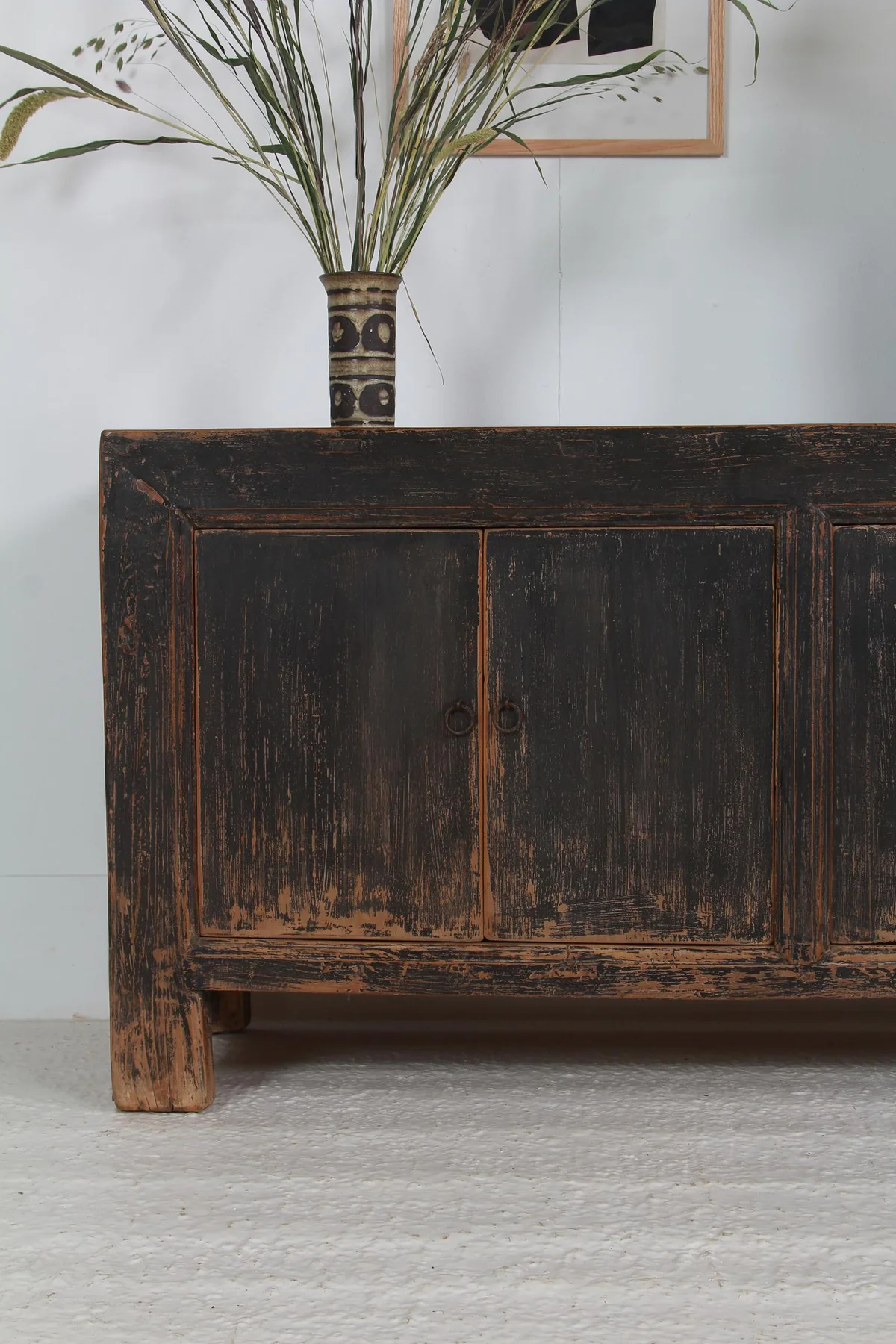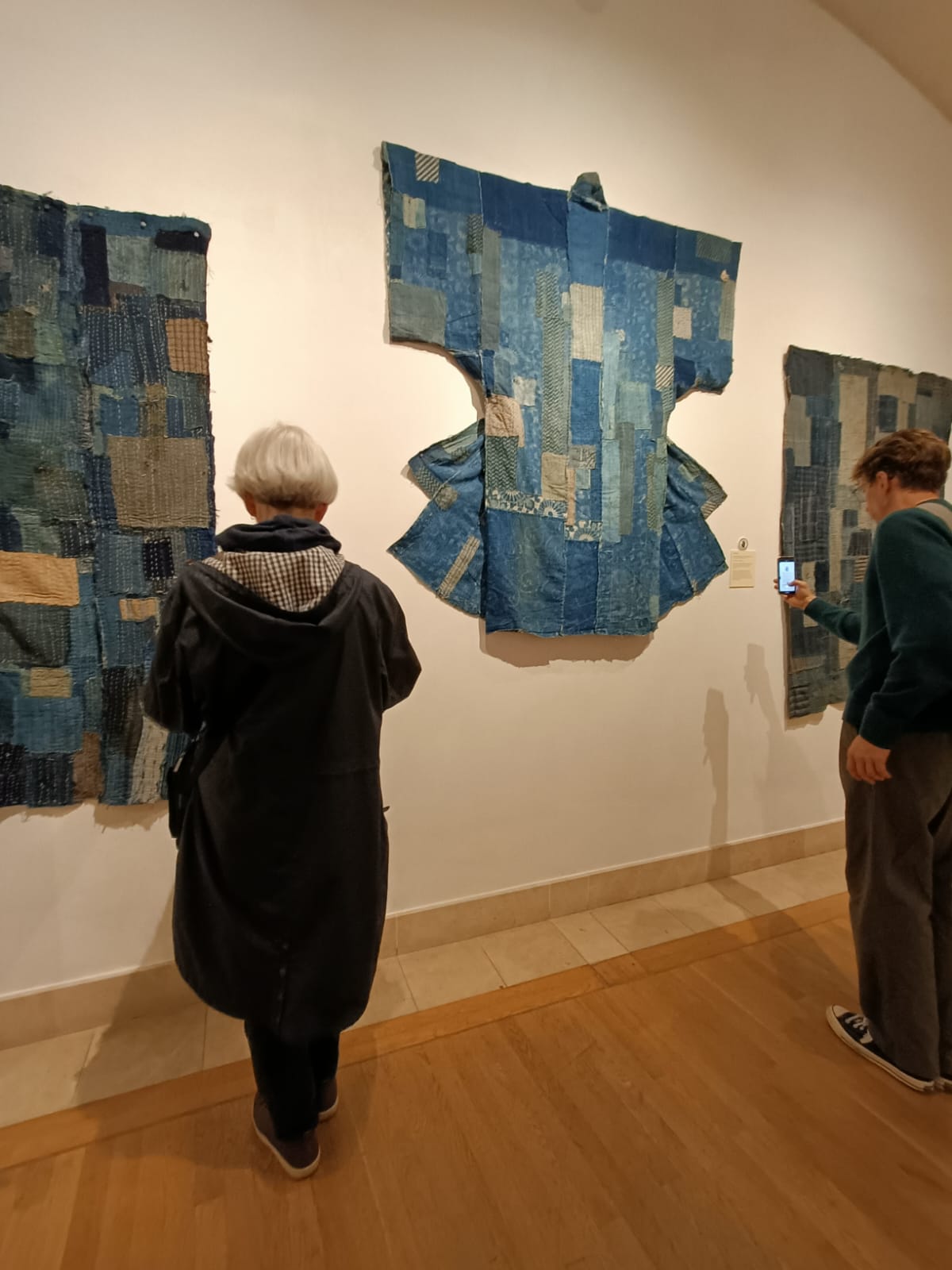WABI SABI
Despite being one of the core aesthetics of Japanese design, the phrase Wabi Sabi has somehow managed to permeate my life since I was a teenager. This all started when my mum began to use the phrase, mostly out of the excitement that she’d learnt something new and interesting, but at least a little because the rhyme was just fun to say. Mine and my brothers default grumpy teenage reactions to this were ‘That’s stupid’, ‘You don’t even understand what it means’, (she did, at least a little bit) but this only turned the phrase into its own joke, one that my mum knew she could use to annoy her kids (and it did). Eventually, it lost its meaning as a joke, my mum and I started to use it for its actual definition and I came to my own understanding of what it meant. Since then it’s grown to be a philosophy that I really admire and that I think has guided me in a lot of my art and design, especially at A-Level.


So, what even is Wabi Sabi? Well, the problem is, this is really hard to define. To sum up an entire philosophy in one short sentence is incredibly difficult to do, even more so when translated from a completely different language and culture with core values far removed from our own western ideals. In fact, I’ve even seen the philosophy described online as:
“the antithesis to the Western striving for perfection and materialism”.
The Wikipedia definition of the phrase does alright as a starting point: “In traditional Japanese aesthetics, Wabi Sabi (侘び寂び) is a world view centred on the acceptance of transience and imperfection. The aesthetic is sometimes described as one of appreciating beauty that is "imperfect, impermanent, and incomplete" in nature.”
One of the best ways to grasp the meaning and history of the phrase and philosophy is to look at some of the literal translations of the words ‘wabi’ and ‘sabi’ and how these have changed over time. In the oldest versions of their translations, both terms were actually pretty desolate. ‘Wabi’ could be defined as indicating the misery of a lonely life in nature, sadness and dejection and ‘sabi’ as meaning cold, poor or even withered. The combined phrase and hence the philosophy of Wabi Sabi was created by zen buddhist monks in the late 15th Century at the start of the Sengoku Period, a time of huge social unrest and upheaval in Japan. During this period, symbols of excess and wealth such as ornate tea ceremonies were destroyed within the uprisings, leading to the creation of the alternate Wabi Sabi philosophy; a philosophy looking to embrace misery and destitution whilst appreciating the beauty present within it. A philosophy of the peasants.
As with any language, this combination of the 2 words and the emerging philosophy around it had an ever evolving definition. As the aesthetic became more central to Japanese culture, the original definitions of the words ‘wabi’ and ‘sabi’ began to shift to embody their new meaning, leading to a whole host of translations. Here’s some of the many definitions I’ve seen dotted about online:
Wabi: “Less is more” “Irregularity” “Subdued, austere beauty”
Sabi: “Attentive melancholy” “Age” “Blossom of time” “Rustic Patina”

Nowadays, use of the phrase Wabi Sabi is more common than its individual counterparts, meaning that a more detailed understanding of the philosophy is required to define it, an understanding I still don’t think I fully grasp. Interestingly, for an aesthetic and philosophy with such a focus on the appreciation of transience and imperfection, there’s a lot of very western websites online that seem increasingly concerned with creating a precise definition and translation of the phrase and most importantly teaching you how the dos and don'ts of how to ‘practice’ Wabi Sabi at home. Somehow, Wabi Sabi became trendy.
My mum was probably introduced to the philosophy via one of these trendy articles and I was introduced to it through her. However I came to understand Wabi Sabi, I really identify with its principles and the modern Japanese style of design. I’ve heard it described as an excuse for mistakes, however I believe that the acceptance of mistakes and a willingness to incorporate more natural and asymmetric features is key to great design. I think with the advent of technology, art and design work that incorporates imperfection and human touch, work that isn’t able to be AI generated, will become even more desirable and valuable and for good reason. The house I grew up in is full of this style of design, almost all our crockery is inherently imperfect as it’s handmade by my dad (pictured left, @feel.of.clay on Instagram), so maybe this is where my opinions are derived from.
In fact, pottery is one of the places where the Wabi Sabi aesthetic is most commonly admired as human marks are inherent in its production. Lucy Rie was one of the artists presented within the PDE Pichi Kichi presentations and I think her work is a great example of this (I’ve included a couple of my favourite pieces in this blog), especially her willingness to experiment with glazes. Glazing as a process is inherently imperfect as the variable conditions of a kiln mean that the outcome is almost impossible to consistently predict. Modern Japanese pottery is full of processes that produce ‘Wabi Sabi’ outcome, one of the most famous of which is kintsugi. This artform is the process of repairing broken pots with a golden adhesive; quite literally accepting the imperfection of the broken piece and highlighting it as a feature to be admired.

Kintsugi is a form of ‘visible repair’, an artform that massively embodies the Wabi Sabi philosophy. I went to a really interesting exhibition at the School of Oriental and African Studies (SOAS) in London on how visible mending was incorporated in historical Japanese clothing and cloth, out of necessity as opposed to style. The idea is to mend fabric pieces with patches and stitching patterns that don’t try to hide the repair but instead allow it to remain visible and accept the transient way in which the piece changes appearance. By doing this, pieces gain an almost completely new form and relationship with how they’re used, often becoming much more beautiful. I’ve actually given this a go myself with a few items of clothing, one of my favourites being a shirt and patch, both which I happened to bring home from Korea. Interestingly, since doing the repair this has actually become one of my favourite shirts, not because my stitching is good (it isn’t) but because I like the story it holds and the visual interest the repair brings.
I actually went to the exhibition at SOAS around the same time as the material matters exhibition in September of 2023. Funnily enough this blog on the topic of Wabi Sabi has been on my list of potential ideas ever since the blog started, it just never felt like the right time. This blog series itself is inherently very Wabi Sabi; I’ve never tried to make it perfect or rigid, I’m not looking to create detailed reviews of artists and designers, rather to allow myself to ramble in a way that helps to develop my thinking. As I’ve gone on, I’ve found that by accepting these blogs as imperfect and using them more as a platform for my own thinking, I’ve come to gain a lot more peace and understanding from the process. Even while writing this very blog post, my understanding of what Wabi Sabi means has shifted, especially having read up on some of the real history of the phrase. Somehow the transient history of the phrase can, itself, be described as Wabi Sabi.


